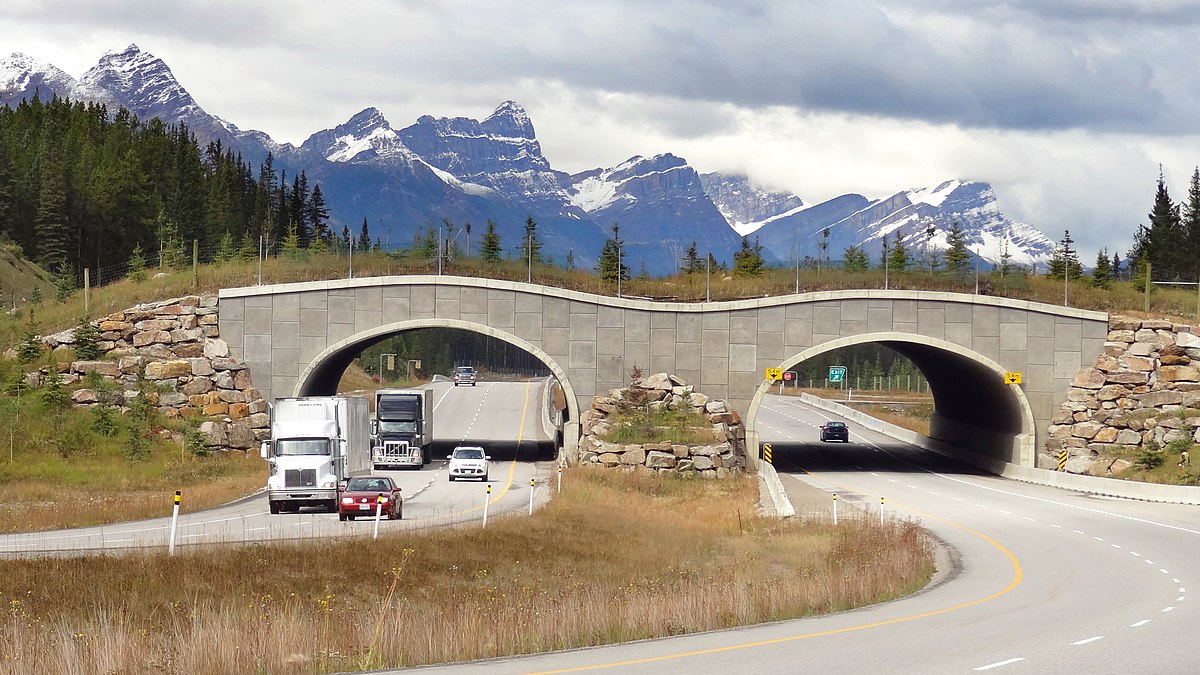SAGINAW — The Michigan Department of Transportation has secured a grant from the U.S. Department of Transportation to fund a wildlife crossing analysis.
In September, MDOT announced its grant submission in partnership with the Michigan Department of Natural Resources, aimed at identifying the most problematic wildlife crossings posing a risk for motorist safety on state trunklines. MDOT has been awarded $467,376 to fund the analysis, further streamlining efforts to improve motorist safety by reducing wildlife-vehicle collisions.
The Federal Highway Administration (FHWA) announced $135 million in grant awards for 16 states for fiscal year 2024-2025 as part of the USDOT’s Wildlife Crossings Pilot Program (WCPP). In 2023, the USDOT awarded $110 million in funding for 17 states and a total of 19 wildlife crossings.
Awards included $24.4 million for Wyoming DOT to complete several crossings supporting migratory patterns for mule deer, pronghorn and other species. Michigan typically ranks fourth highest in the nation for deer/vehicle crashes, with an average of 55,000 deer/vehicle crashes per year, resulting in $130 million in damages. Michigan also reports crashes with moose, elk, bear and wild turkeys.
While the number of crashes with other large species is not as high, the risk and damage are detrimental and increase the risk for some species of greatest concern. Additional at-risk specifies identified in MDOT’s grant application include Blanding’s turtles, eastern Massasauga rattlesnakes and pine marten.
“We’re pleased the state has secured funding to undertake this innovative work in Michigan,” said Steve Chadwick, senior Great Lakes wetland advisor for the MDNR. “This grant has the potential to benefit at-risk species by helping them reach critical habitat, and to protect more common species as we seek to make roads safer for Michigan drivers.”
MDOT’s Bay Region has spent years tracking deer carcasses and traffic crash reports (UD-10s) submitted by law enforcement to identify the locations and frequency of WVCs, with an end goal of reducing crashes, improving motorist safety and protecting at-risk species.
Moving forward MDOT, MDNR and other state departments will turn over their existing WVC data to a consultant team to begin the official wildlife hotspot analysis using the federal grant and a state match of $116,844 to fund the study.
The hotspot analysis will identify the top 20 locations statewide responsible for repetitive WVCs, allowing MDOT to work toward the ultimate goal of providing WVC mitigation and protecting all Michiganders, including the wildlife variety.
“We’re going to look at locations identified by the analysis and first determine if there is existing infrastructure in place that can be retrofitted to accommodate wildlife passage,” MDOT Bay Region Resource Specialist Amanda Novak said. “If there is an existing bridge or culvert that can include space for wildlife, mitigation measures similar to those in other states can be added and can help us increase the number of wildlife crossings without a huge financial investment. Ultimately, we stand to gain by also incorporating what we learn into future design standards, so we’re active in our wildlife mitigation efforts, starting in the design phase of a road project.”
MDOT expects to issue a request for proposals this spring, beginning the process of hiring the team that will complete the final compilation of WVCs.

